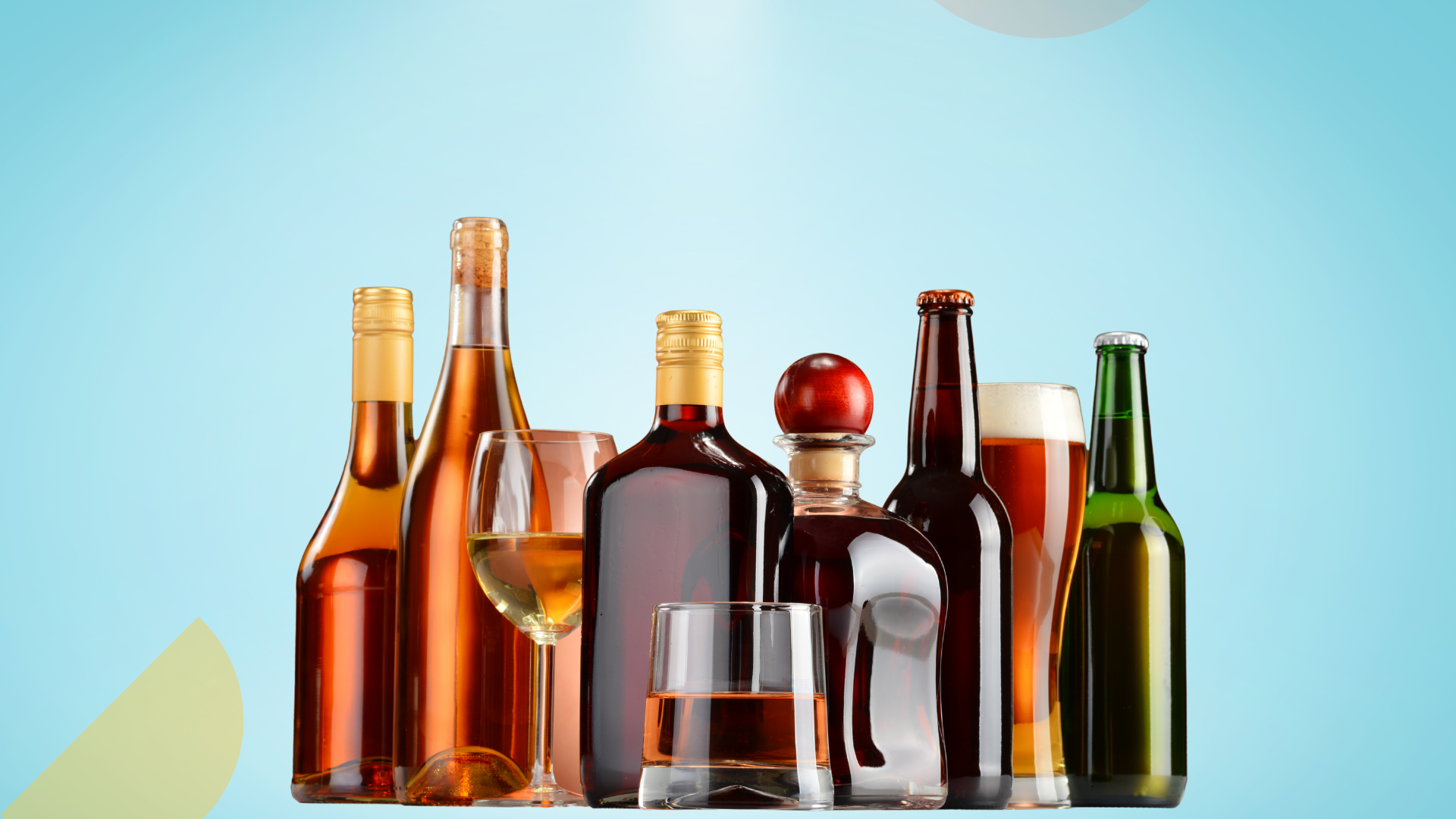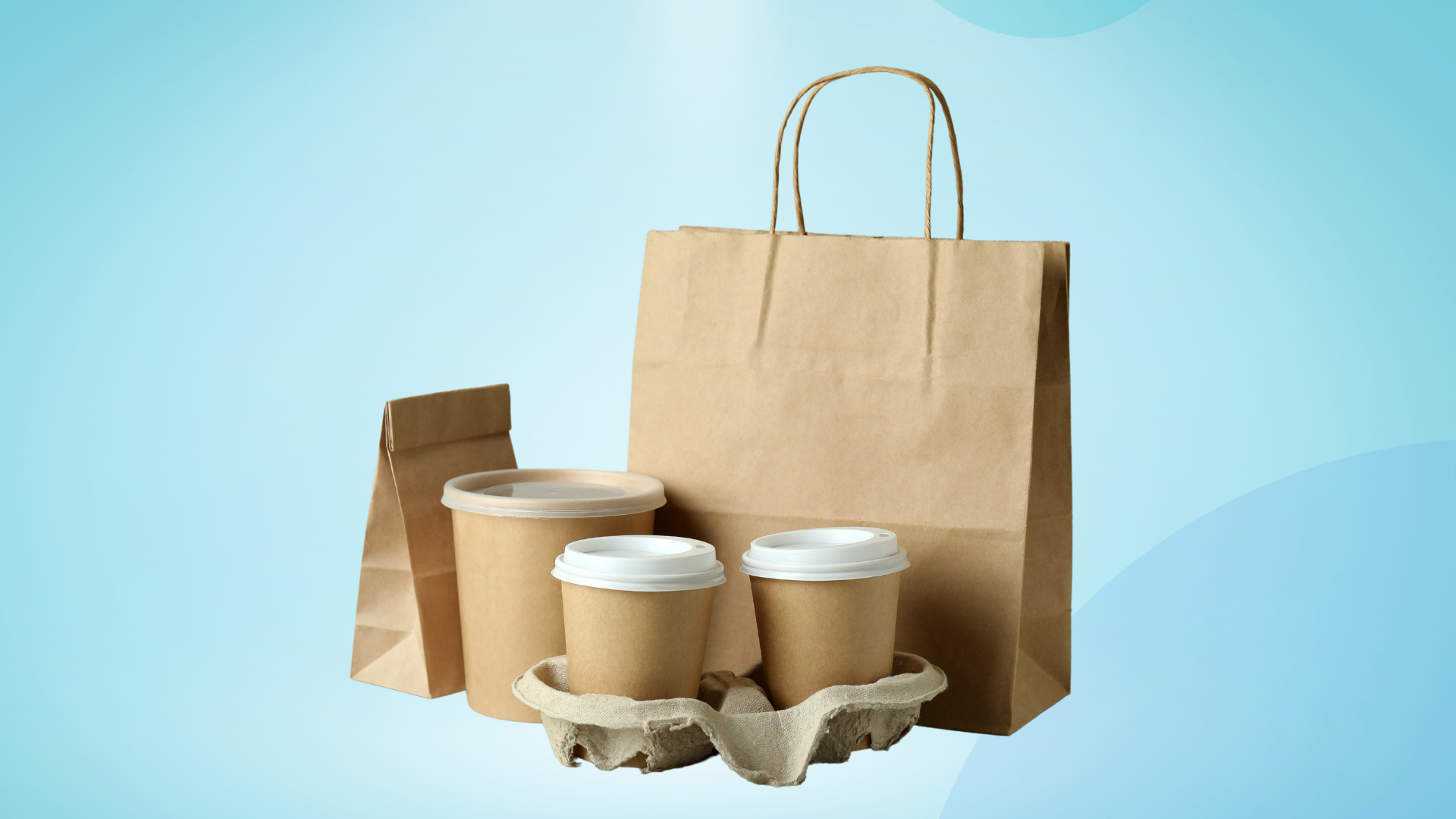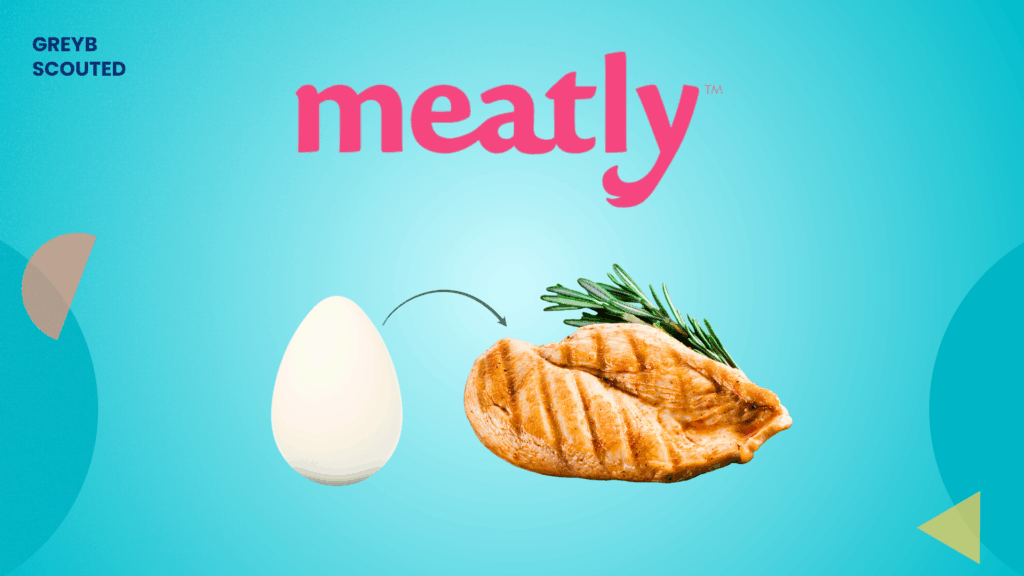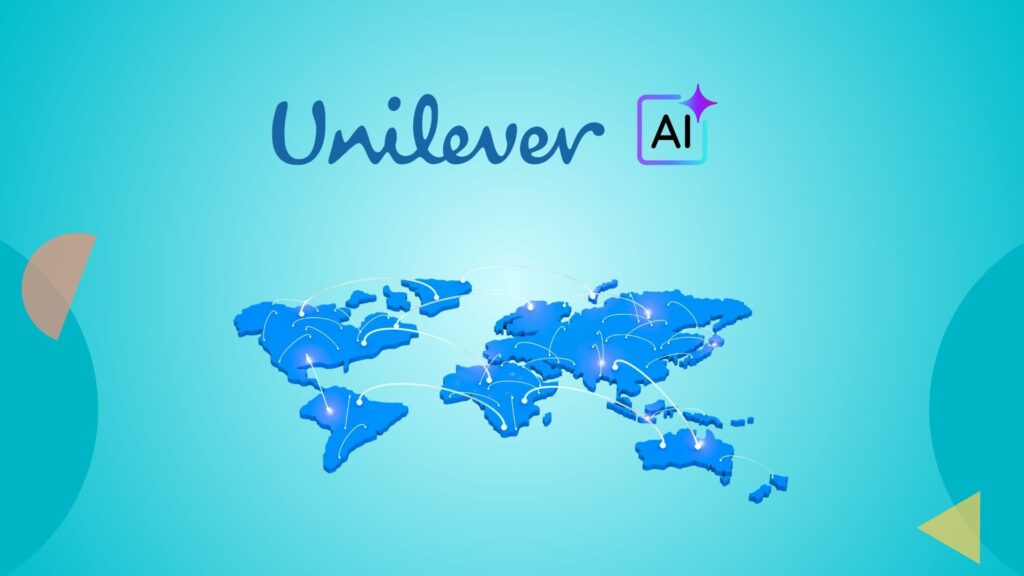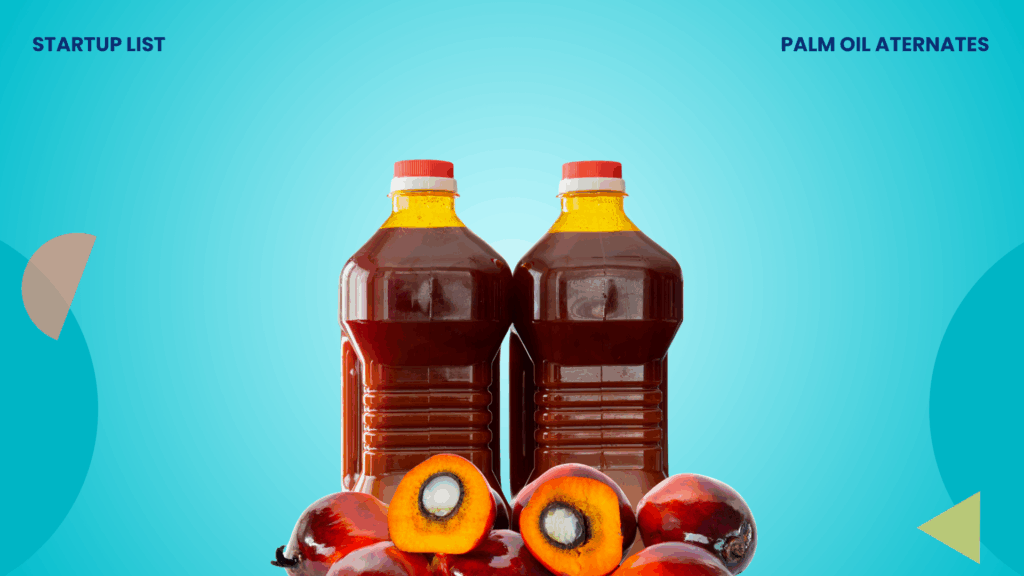The long-standing popularity of glass bottles for alcohol is slowly shattering. Their energy-intensive production and heavy weight in transportation increase carbon emissions, prompting stricter regulations.
The European Union’s Packaging and Packaging Waste Regulation (PPWR), requires all packaging to be recyclable by 2030. Meanwhile, the UK’s Extended Producer Responsibility (EPR) tax could push glass recycling costs to £330 per tonne.
Pev Manners, managing director of Belvoir Farm, highlighted that such fees could add approximately 25p to each bottle of their cordial, potentially eradicating the company’s annual profits.
Beyond sustainability, health-related regulations are also reshaping the industry. The World Health Organization (WHO) is advocating for cigarette-style cancer warnings on alcohol packaging, adding yet another compliance challenge. Driven by the same factors — regulations, sustainability needs, and consumer expectations — parallel packaging trends are forming in the food industry.
This article examines the current trends in alcohol packaging and their anticipated impact on the industry in 2025.
Explore the latest packaging industry trends in our exclusive report.

1. Recyclable Packaging
In 2018, the United States generated 12.3 million tons of glass waste, but only 31.3% of it was successfully recycled.
While glass is technically recyclable, industry practices complicate the process. Many wine and spirits brands use multi-layer labels, foil caps, and plastic seals that contaminate recycling streams. Traditional labels with non-washable adhesives clog recycling machinery, reducing the quality of recycled glass.
Bag-in-box wine packaging is another primary concern. Their plastic-aluminum laminate bags are non-recyclable, making them non-compliant with upcoming EU regulations. Finding recyclable alternatives that do not compromise product quality remains a challenge.
The shift toward fully recyclable and mono-material packaging is now accelerating.
Material Science Innovations are Making Packaging Circular
- Wash-Off Labels & Adhesives – UPM Raflatac’s wash-off adhesives detach in hot water, preventing contamination of recycled glass.
- Direct Bottle Printing – Australian Vintage’s Poco Vino eliminates label waste through direct screen printing. Ink360 and Custom Spirits Bottles also specialize in wrap-around screen printing for spirits and wine brands. This approach enhances recyclability and aligns with brand differentiation for premium segments.
- Biodegradable & Bio-Based Materials: New developments in bio-based barrier coatings allow bag-in-box wines to transition to fully recyclable packaging. It replaces aluminum-plastic laminates while maintaining resistance to oxygen and light to protect product quality.

KISSD Water Cucumber uses an 88% plant-based, fully recyclable cardboard carton made from sustainable paper and sugarcane.
- Eco-Friendly Inks & Adhesives – Brands are developing eco-friendly packaging that reduces volatile organic compound (VOC) emissions and lowers energy consumption during production. Yili’s “Satine No Printing No Ink Edition” uses laser-printed cartons made from low-carbon materials, eliminating the need for traditional ink. This improves sorting and recycling efficiency without adding processing complexity.
- Packaging Innovations in Cans: Some wine brands are switching lower-tier wines to aluminum cans, making them easier to recycle and more convenient for consumers. This move supports sustainability goals while appealing to younger, eco-conscious buyers.
Consumer demand is also shifting, with 68 percent of shoppers choosing products with sustainable packaging over less environmentally friendly alternatives. These innovations address Extended Producer Responsibility (EPR) compliance and streamline sustainability efforts without compromising product presentation or quality.
Navigating these industry shifts requires access to new material innovations before they enter the market. However, with numerous ongoing research projects, it is nearly impossible for R&D heads to keep track of these innovations. This is where Slate by GreyB comes in. Just ask the AI assistant, “What are the developments in sustainable alcohol packaging?”; it’ll give you the latest innovations to track, compare, and adopt.

2. Reusable Packaging Systems
The EU’s Packaging and Packaging Waste Regulation (PPWR) mandates that 10% of alcohol packaging must be reusable by 2030, increasing to 40% by 2040. However, the shift to reusable packaging is not just a materials issue; it demands an entirely new supply chain model that includes collection, washing, and redistribution systems.
Reuse programs face logistical and cultural challenges. Standardizing bottle reusable bottle designs across different brands conflicts with branding needs.
The challenge is to ensure that reuse models integrate seamlessly with existing logistics while maintaining brand differentiation.
Partnerships & Smart Reuse Systems are Reducing Supply Chain Disruptions
- Third-Party Reuse Infrastructure – Companies like Loop collaborate with alcohol brands to manage bottle recollection, cleaning, and redistribution, reducing the operational burden on manufacturers. This system promotes sustainability and circular economy efforts by extending the life cycle of glass bottles.
- Deposit Return Schemes (DRS) & RFID Integration– Markets like Germany and Sweden have successful DRS programs that offer refunds for returned bottles and improve collection rates. Germany’s standardized wine bottle return system now includes RFID tracking to monitor reuse cycles and improve efficiency. This system reduces waste, streamlines collection, and promotes sustainability by extending the life cycles of bottles.
- Standardized Reusable Glass Models – Some brands are working toward region-specific, standardized glass bottles for closed-loop reuse, which reduces costs while still allowing for customizable branding.
The future of alcohol packaging is not just about materials, but also about systemic supply chain innovation, which requires partnerships with logistics providers, technology enablers, and regulatory bodies.
3. Reducing Packaging Weight
Premium alcohol brands have long used heavy glass bottles to convey luxury. However, reducing packaging weight is critical for lowering carbon emissions and transport costs.
Over the past 20 years, bottles have become 30% lighter. Further reductions increase the risk of breakage and may make the product feel less premium or lower quality to consumers.
Companies are developing lightweight bottles while maintaining mechanical strength and aesthetic appeal.
- Lightweight Glass Bottle Designs – Johnnie Walker’s Blue Label Ultra bottle is a 180g whisky bottle.

This design cuts material use and transportation emissions while preserving the brand’s luxurious appearance.

Champagne Telmont has also introduced an 800g bottle, lighter than traditional 900g+ bottles, cutting material use while maintaining quality.
- Recycled Glass Integration – A 10% increase in recycled glass can reduce energy consumption by 3% and CO₂ emissions by 5%, helping brands meet sustainability targets.
- Glass Strengthening Technologies – Verallia developed a universal lightweight wine bottle that maintains durability and recyclability while reducing glass weight.

This innovation helps brands lower carbon footprints without compromising structural integrity or packaging aesthetics.
- Fiber-Based Alcohol Packaging: Diageo is testing a Dry Molded Fiber bottle for Baileys Irish Cream, made from 90% paper with a thin plastic liner and a foil seal.

This shift lowers plastic use while ensuring product protection and a premium feel.
- AI-Based Design Optimization: AI is being utilized to simulate and optimize lightweight bottle structures, ensuring they remain durable while minimizing material usage. This helps brands cut costs, lower carbon footprints, and maintain product quality.
Recommended Read
4. Regulatory and Health Compliance Packaging
The UK’s Extended Producer Responsibility (EPR) tax increases costs for non-recyclable packaging, forcing brands to shift toward sustainable materials.
Additionally, the WHO’s push for cigarette-style cancer warnings on alcohol packaging introduces a new compliance challenge. Brands must redesign their labels and packaging to comply with health warnings while maintaining a visually appealing appearance.
Digital & Eco-Friendly Label Innovations Will Help Companies Stay Ahead of Global Regulatory Shifts
- Digital Watermarking: Emerging technologies, such as digital watermarking, enhance sorting and recycling by embedding invisible, machine-readable markers into packaging. These markers, detected by AI-driven cameras, help automate material identification, improving sorting accuracy and recycling efficiency. Initiatives like HolyGrail 2.0 utilize this technology to enhance circular economy efforts and facilitate compliance with Extended Producer Responsibility (EPR) regulations.
- Sustainable Packaging Designs: Carlsberg’s glue-based multipacks replace plastic rings in beer packaging, reducing plastic waste and EPR tax liabilities.

- Aseptic Packaging for Alcohol: Pulpoloco Sangria’s CartoCan packaging uses 30% less material than traditional cans, comprising 60% Forest Stewardship Council-certified paper.

This reduces environmental impact and aligns with sustainability trends focused on waste reduction and material efficiency.
5. Next-Generation Security Solutions for Alcohol Packaging
Counterfeit alcohol is a growing issue, costing brands millions in lost revenue. Fake products damage brand reputation and pose serious health risks to consumers.
Traditional security labels and tamper-evident seals are becoming increasingly ineffective as counterfeiters employ more sophisticated methods.
IoT, Blockchain & Tamper-Proof Tech Will Authenticate Products, Track Supply Chains, And Protect Brand Reputation
- Blockchain Tracking: Blockchain technology creates a secure digital record that tracks every step of the alcohol production and delivery process. This helps spot fakes and confirm authenticity. Strait Brands in Australia uses Cardano’s blockchain to track 4 million bottles, while VCL Vintners in the UK uses it to monitor whisky casks. Some brands also include QR codes, allowing customers to verify the authenticity of a bottle.
- Tamper-Evident Packaging: Tamper-evident packaging makes it easy to determine if a bottle has been opened or tampered with. Security seals, breakable caps, and shrink bands show clear signs of tampering.
Many alcohol brands utilize distinctive security labels to prevent counterfeits and safeguard their reputation. Startups are innovating in nanotechnology inks to complement Blockchain and other tracking solutions.
Distinkt, a European startup, creates advanced nanotechnology-based inks that change color under ultraviolet and near-infrared light. These inks can be applied to QR codes, logos, and packaging. It enables brands to embed unique, secure identifiers directly onto physical products, ensuring they cannot be faked or tampered with. The startup is a spin-off from the Catalan Institute of Nanoscience and Nanotechnology (ICN2).
Distinkt’s technology also integrates with digital platforms, enabling brands to authenticate their goods in real-time through an app.
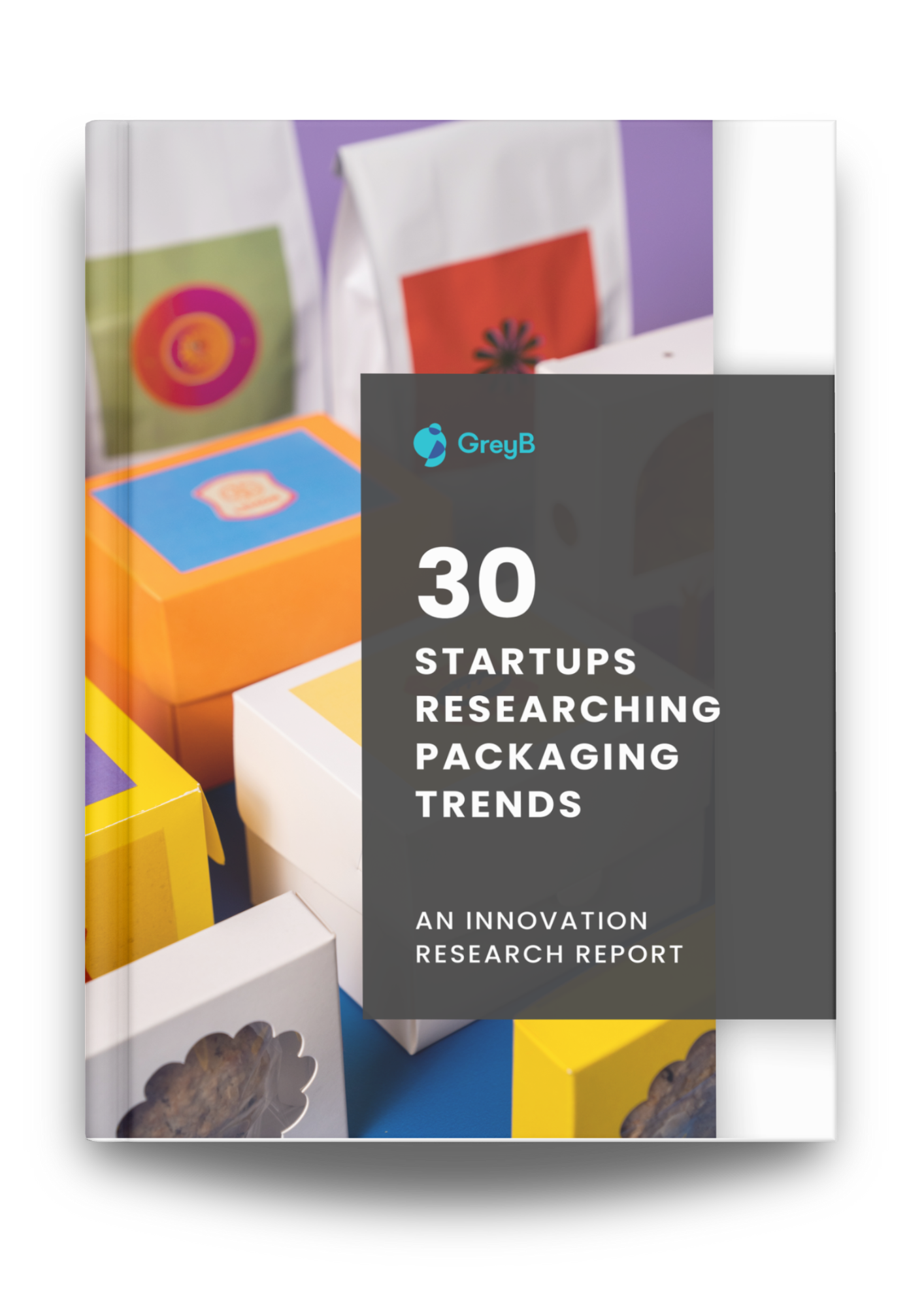
Download Packaging Startup Report
Download ReportSee our exclusive conversation
What Innovation is the alcohol industry secretly working on? Ask Slate.
The alcohol packaging industry is evolving rapidly, driven by sustainability mandates, innovative weight reduction solutions, and smart packaging technologies. Navigating these changes requires real-time insights into emerging technologies, regulatory shifts, and material innovations to stay competitive.
Access the latest market trends, cutting-edge materials, and AI-driven packaging solutions with GreyB’s proprietary research tool, SLATE.
Get research-backed insights to guide your R&D strategy with answers to key questions like:
- What are the most effective lightweight glass solutions without compromising durability?
- Which smart packaging technologies are preventing counterfeiting in premium spirits?
- Which blockchain solutions offer product authentication?
- How is your competitor making packaging sustainable?
How Can We Help You?
We support industry-leading R&D and Innovation professionals through complex problems. Describe your challenge, and let us bring clarity and expertise.

